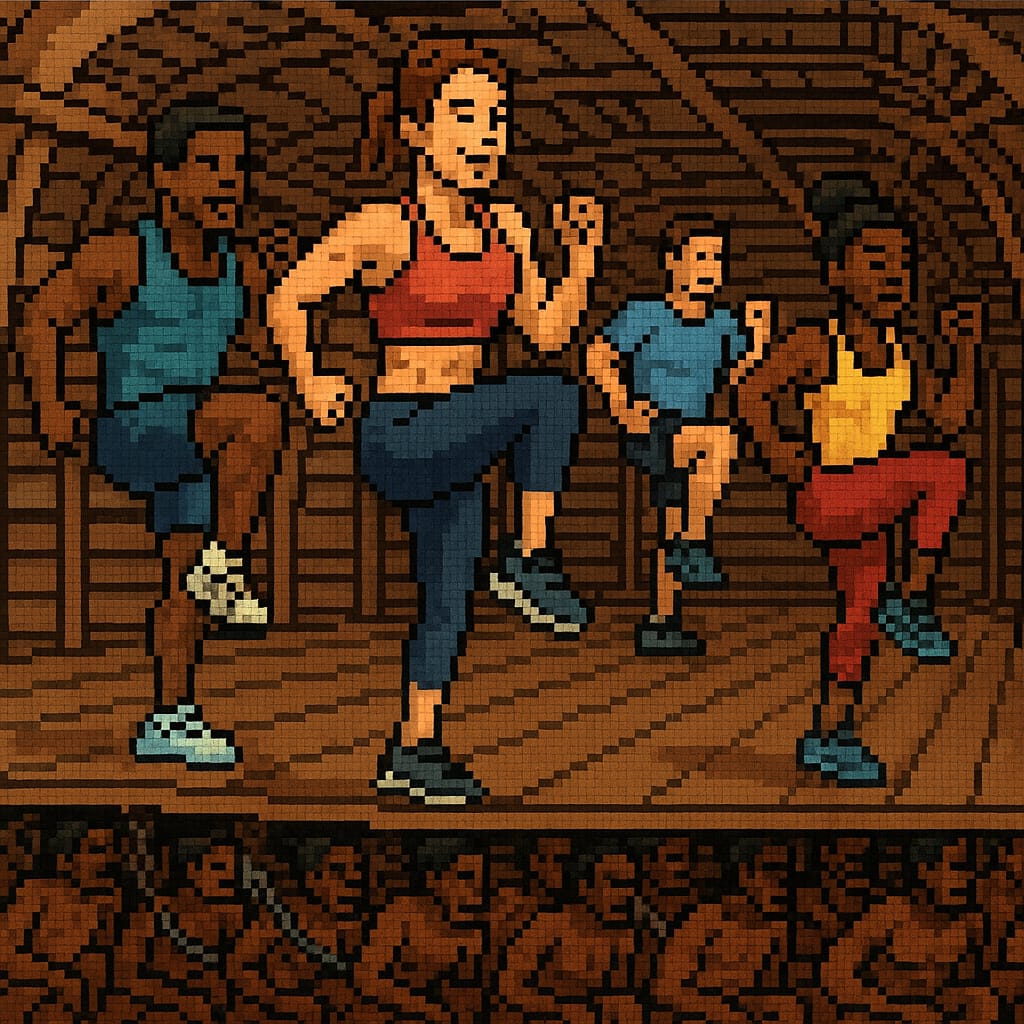Our most enduring images of manliness compel us to worship at the altars of a square-jawed, tight-lipped, emotionally bland workhorse, whose most coveted victory-story are accounts of wars won and people subdued, and whose preferred color is anything but pink. And yet, isn’t it somewhat suspicious that the way we have all been led to think about being a man zealously lubricates a mega-story of economic expansion and perpetual productivity? The masculine is hard at work at the wheels of monoculture – and its most unsuspecting victim.
What he is missing is rest – the rest that allows him to see that weakness is an ally of strength, that to control things is to ultimately snuff the life out of them, that to always be on top of things is to lose a thrilling perspective, and that to cry is to share the watery wealth of grief and joy already within. Just like the color blue is a gradation, a hue that borrows from and is derived from other colors of the spectrum, there is no such thing as the pure male, the perfect ‘man’. We might want to revive a more ‘compromised’ version of masculinity that allows for many different and exciting ways to be gendered – or else, the Y chromosome will be ‘buried in his phallic pride’, mourned by the sacred feminine he never allowed himself to be ‘corrupted’ by.
Painting by Rene Magritte (1964)
















